There are no products in your shopping cart yet.
Kase Neutral Night filter
Text and photos: Ellen van den Doel
When you do evening or night photography in the Benelux, you quickly encounter the problem of light pollution. Just look at the Light Pollution Map, we live in an environment with lots of light. Can the Kase Neutral Night filter help you with this? And what is a neutral night filter.
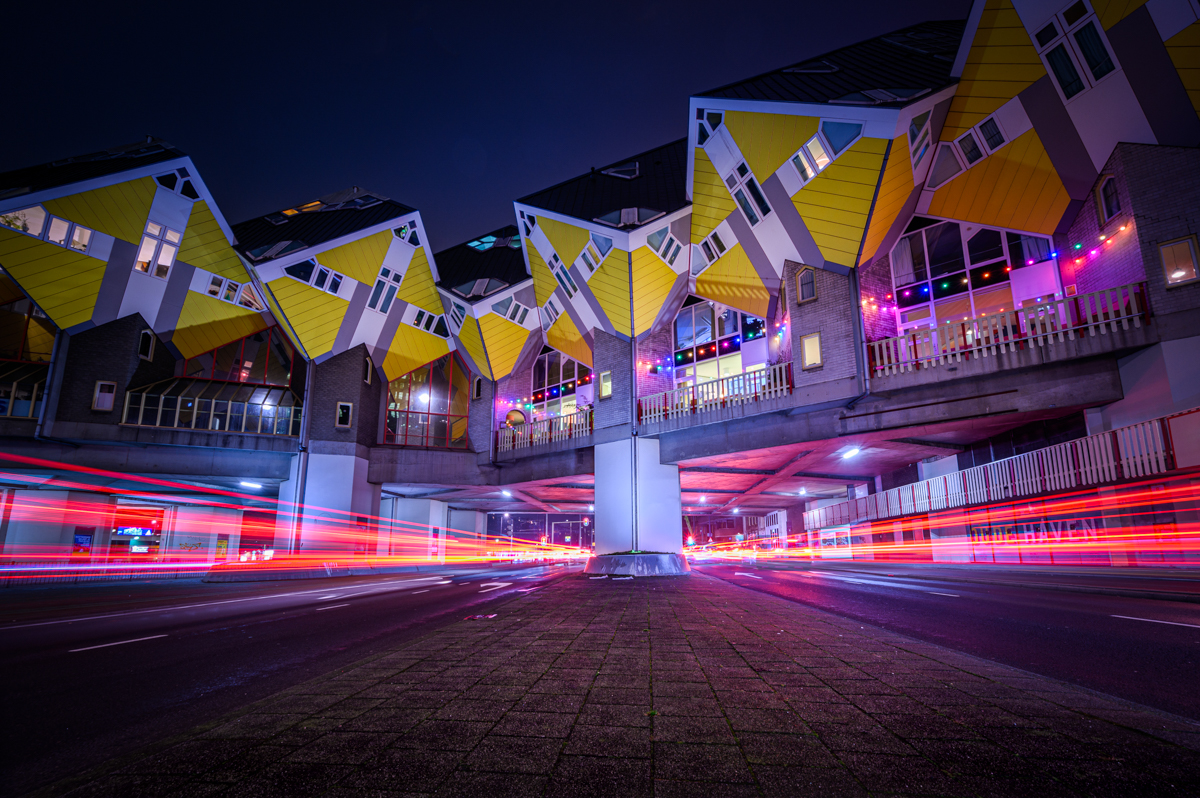
What is a neutral night filter?
The Kase neutral night filter is a filter specially designed to reduce yellow/orange ambient light. The blue tones are slightly enhanced. The light consists of different wavelengths. The yellowish light from wet vapor lamps and mercury lamps is reduced. The filter is available in different variants for the different Kase systems. I used the filter for the Kase Armor system. The operation is the same for all.
The Kase neutral night filter is a filter specially designed to reduce yellow/orange ambient light. The blue tones are slightly enhanced. The light consists of different wavelengths. The yellowish light from wet vapor lamps and mercury lamps is reduced. The filter is available in different variants for the different Kase systems. I used the filter for the Kase Armor system. The operation is the same for all.
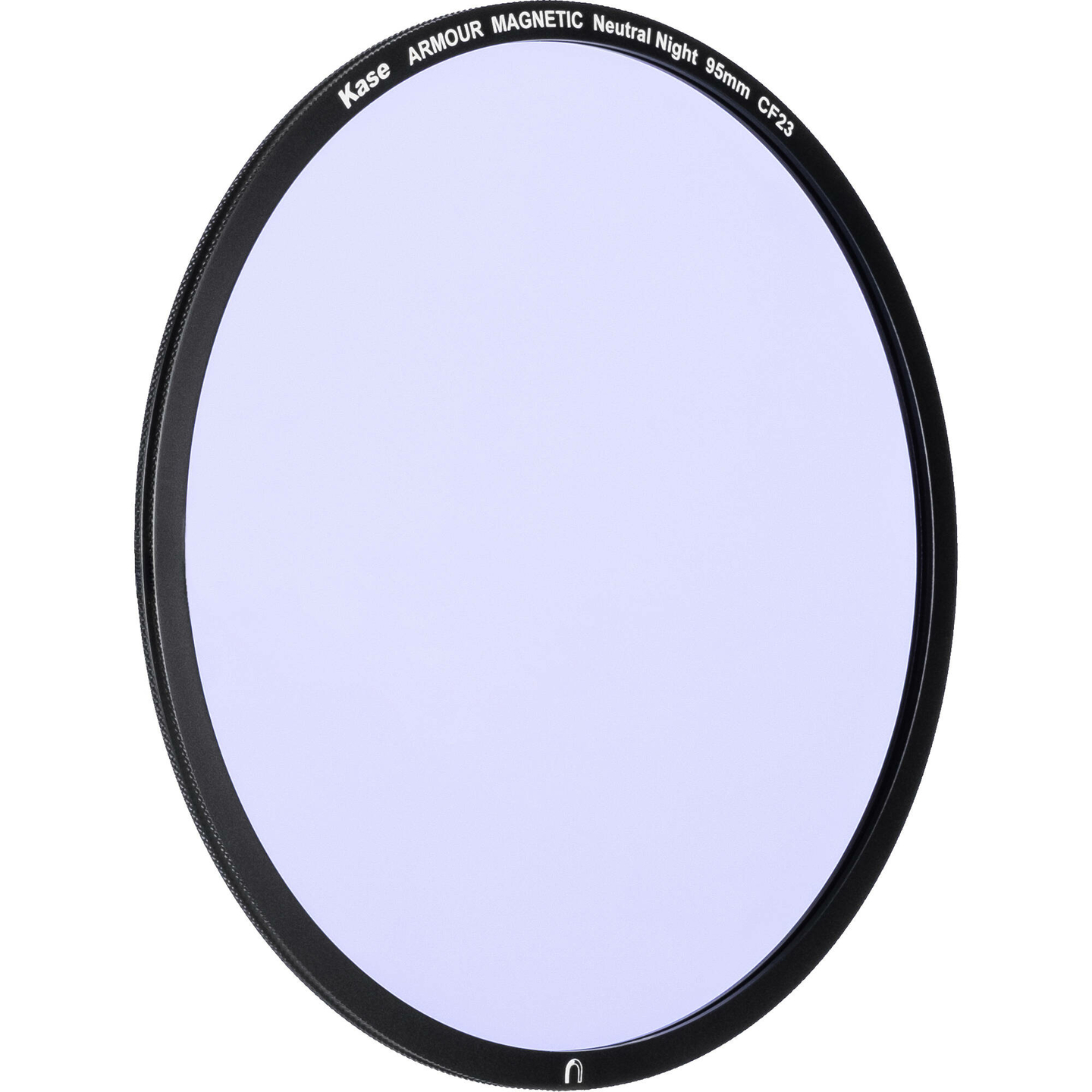
Kase Armour Neutral Night filter
When do you use the night filter?
You would say that light pollution is not a problem for evening photography in the city, but when you photograph on a cloudy evening everything in the sky turns yellow/brown in color. This is less beautiful. That is the time to use the night filter. The yellow sky suddenly becomes more normal in color and more blue. The yellow light sources also glow less, so they dominate the image less. The great thing is that the colors of the environment are better reflected in the original color. You can use this neutral night filter not only in the city, but also when photographing stars.
Important to mention, I don't use it during the blue hour. This is when twilight is dark and not yet completely dark. Then the orange light is nicely balanced against the intense blue sky.
You would say that light pollution is not a problem for evening photography in the city, but when you photograph on a cloudy evening everything in the sky turns yellow/brown in color. This is less beautiful. That is the time to use the night filter. The yellow sky suddenly becomes more normal in color and more blue. The yellow light sources also glow less, so they dominate the image less. The great thing is that the colors of the environment are better reflected in the original color. You can use this neutral night filter not only in the city, but also when photographing stars.
Important to mention, I don't use it during the blue hour. This is when twilight is dark and not yet completely dark. Then the orange light is nicely balanced against the intense blue sky.
Examples
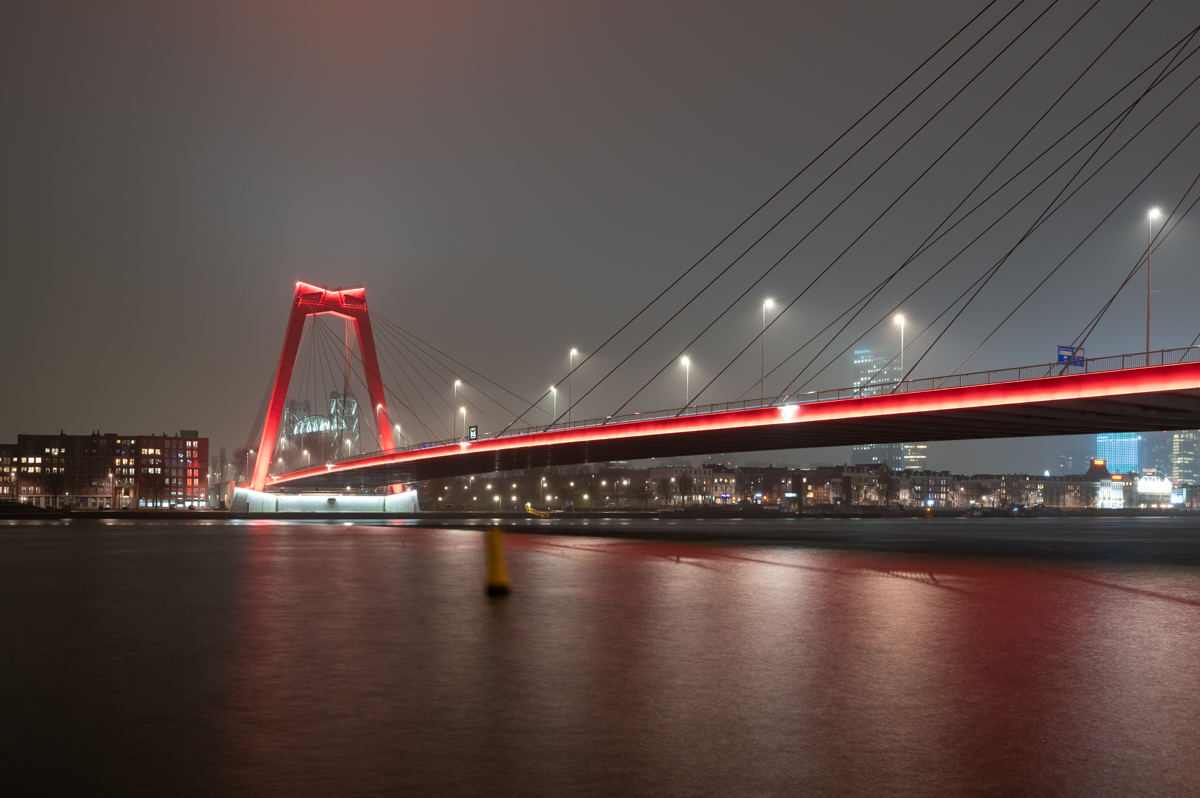
Unprocessed - white balance artificial light - without filter
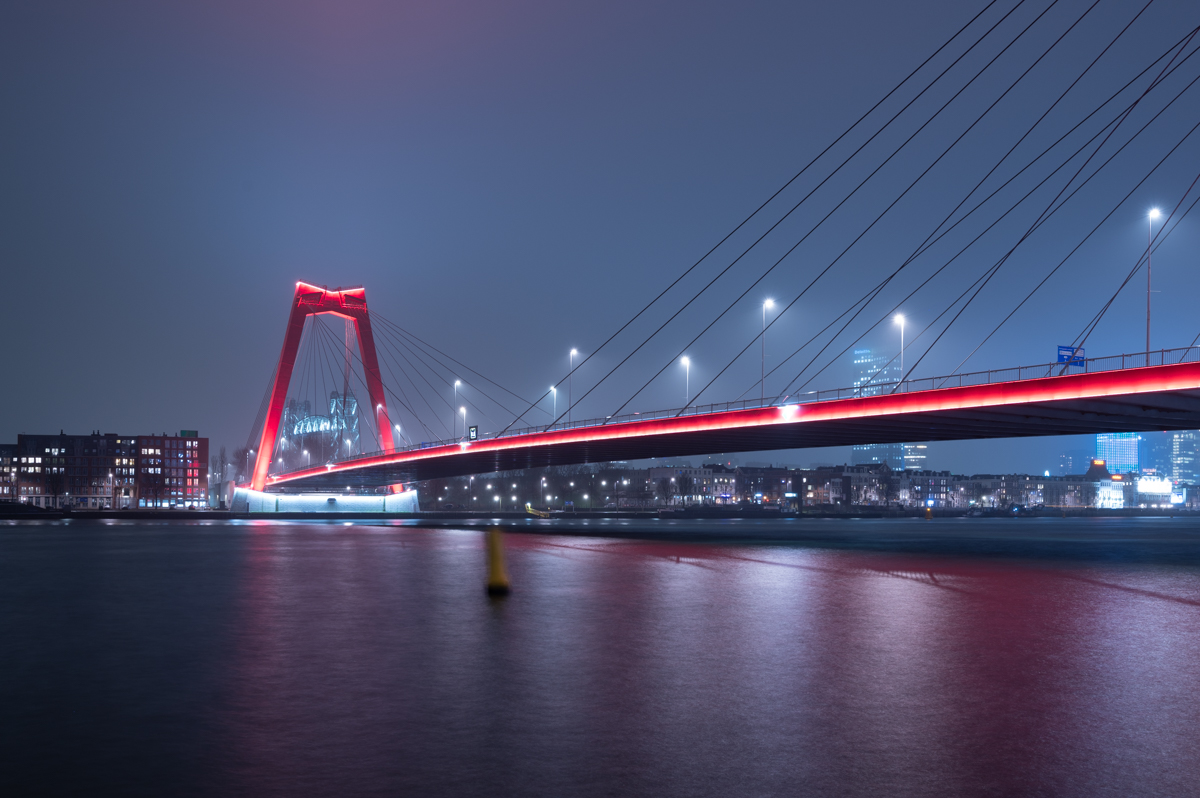
Unprocessed - white balance artificial light - with filter
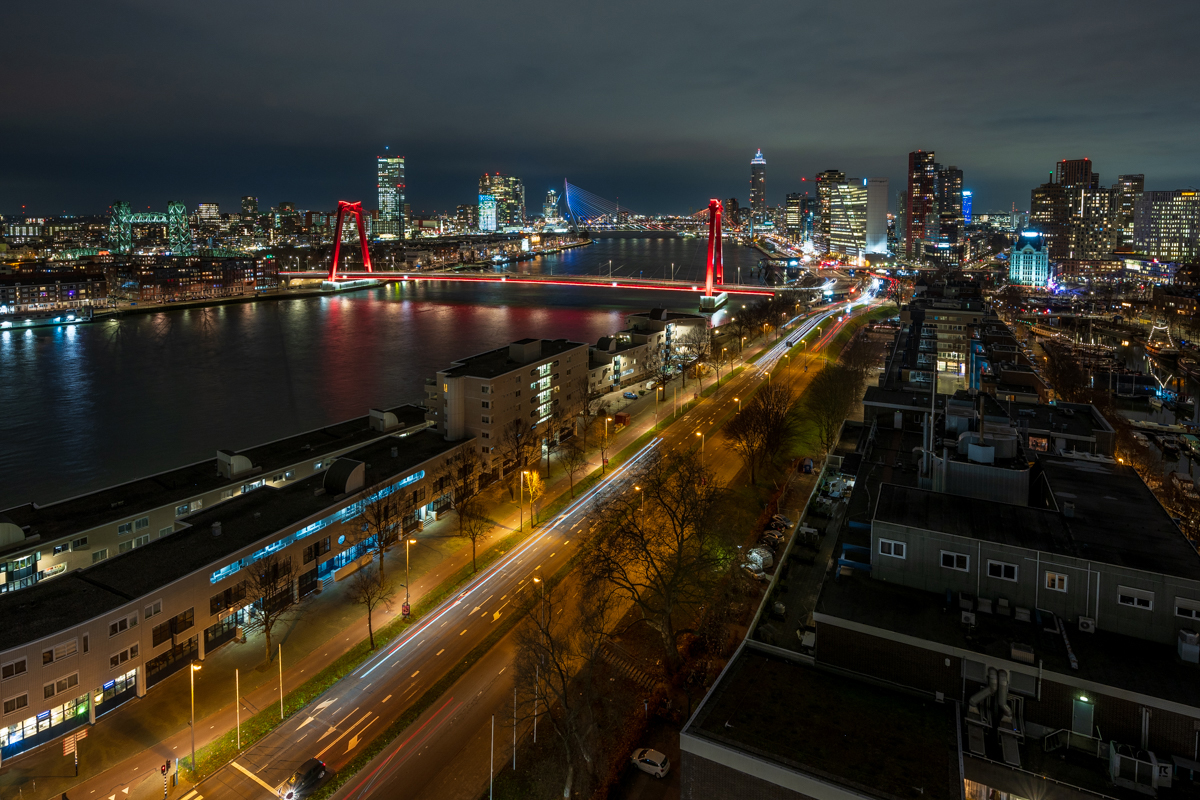
Without neutral night filter
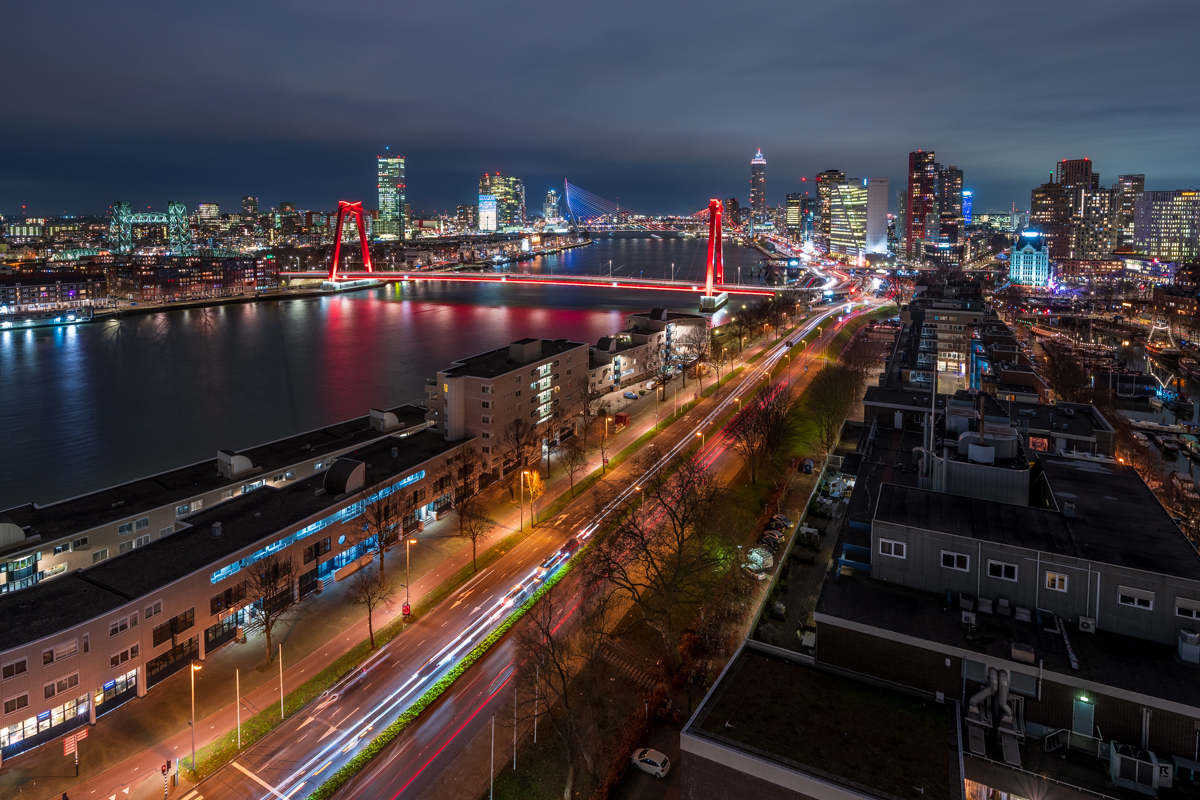
With neutral night filter

Star photography
Can't you get rid of the orange color cast with the white balance?
When I take photos in the city, I normally set my white balance cooler so that my photo is less orange. I often use the artificial light preset. This also corrects a lot. The disadvantage is that this makes everything cooler and bluer. Also the colors where you wouldn't actually want this. The Kase neutral night filter better preserves the colors of the environment without turning everything blue. It is useful to set the white balance with the neutral night filter in front. For the best effect, do this manually with Kelvin values. This can of course also be done afterwards in post-processing when you photograph in RAW.
When I take photos in the city, I normally set my white balance cooler so that my photo is less orange. I often use the artificial light preset. This also corrects a lot. The disadvantage is that this makes everything cooler and bluer. Also the colors where you wouldn't actually want this. The Kase neutral night filter better preserves the colors of the environment without turning everything blue. It is useful to set the white balance with the neutral night filter in front. For the best effect, do this manually with Kelvin values. This can of course also be done afterwards in post-processing when you photograph in RAW.
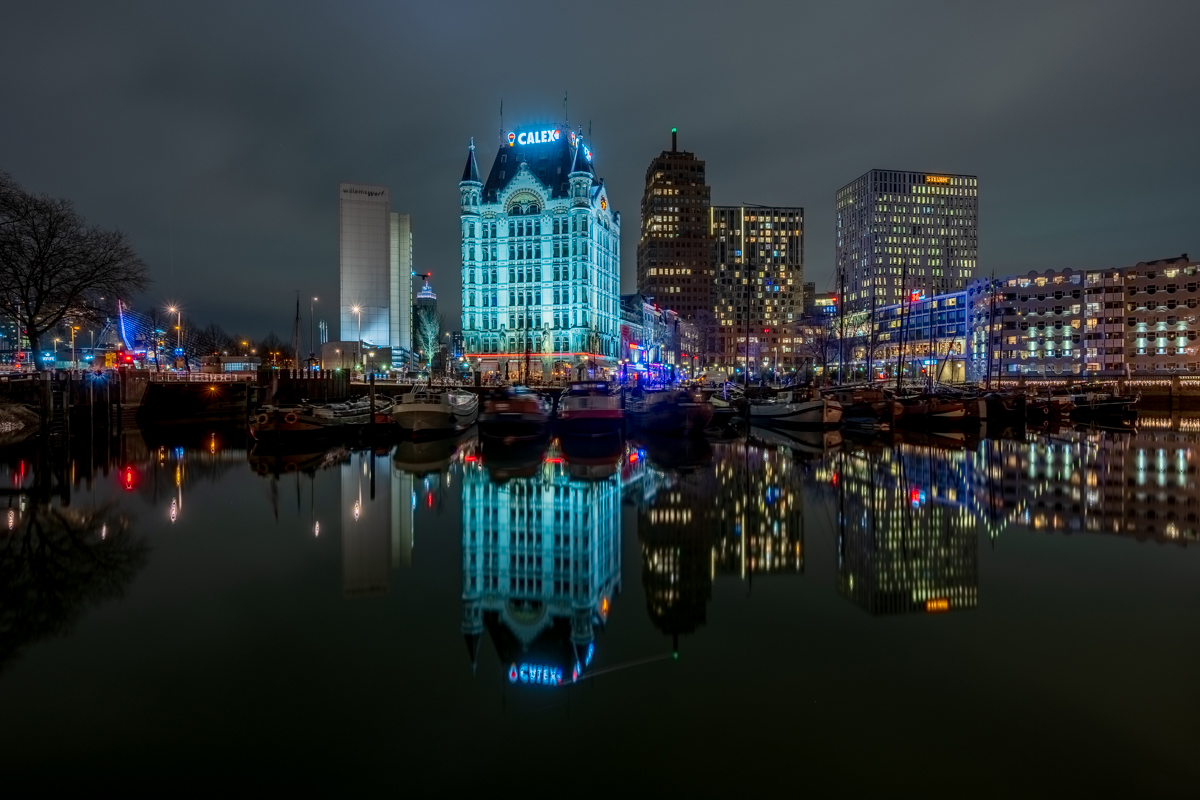
Without a neutral night filter, tried to equalize white balance in post-processing. White balance aimed at White House tried to get identical.
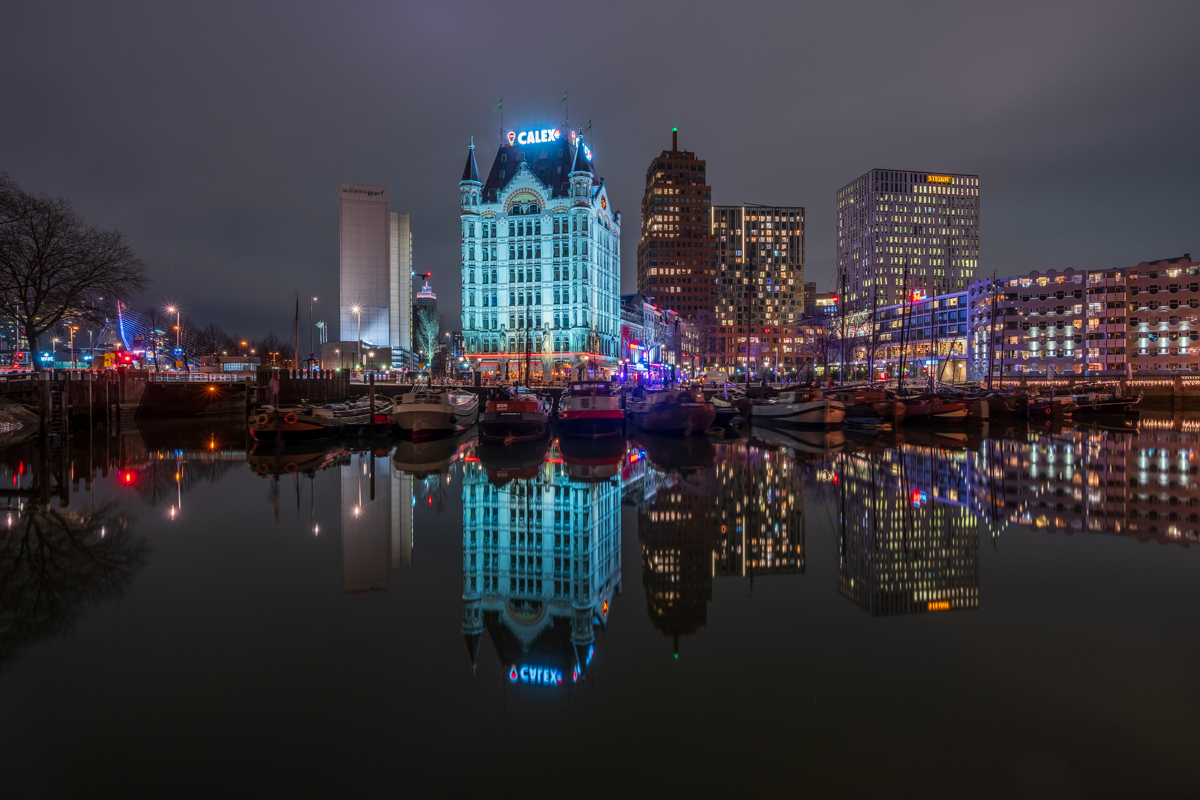
With a neutral night filter, tried to equalize white balance in post-processing. White balance aimed at White House tried to get identical.
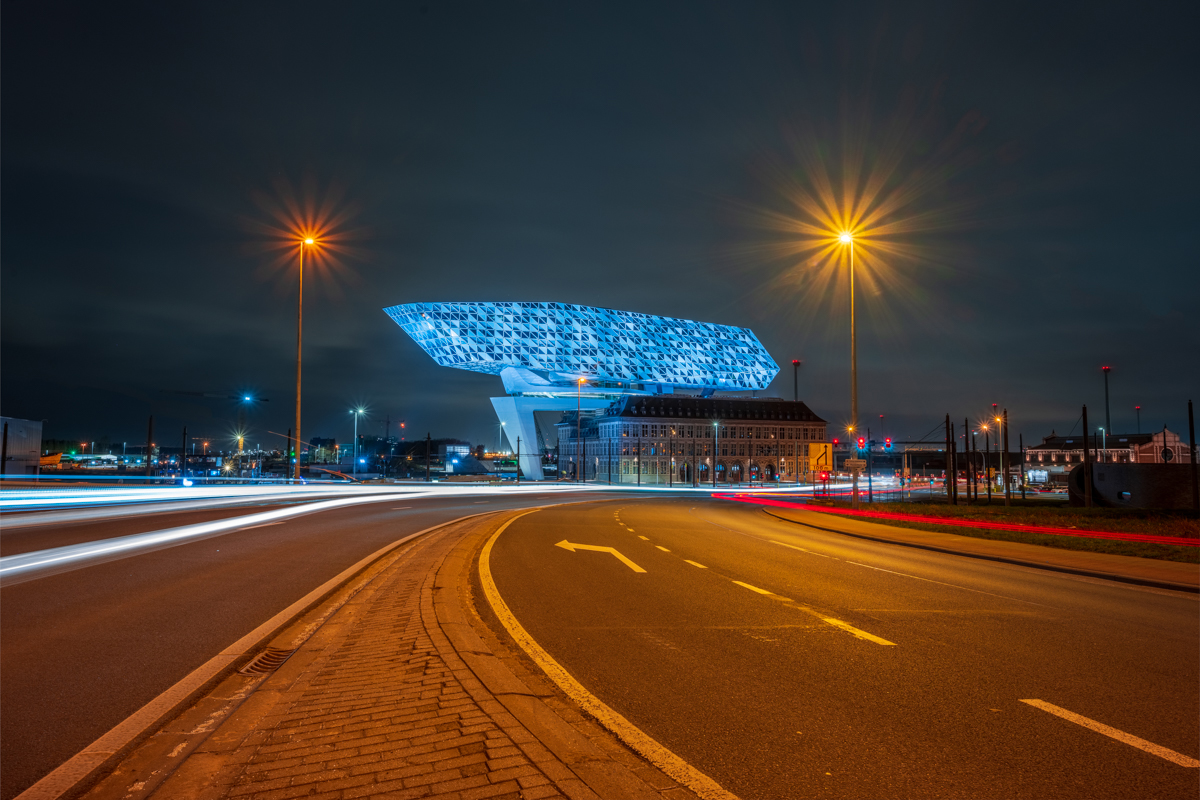
Without neutral night filter, tried to equalize white balance in post-processing with HSL sliders in Lightroom. (PS: used different lens)

Without neutral night filter, tried to equalize white balance in post-processing with HSL sliders in Lightroom. (PS: used different lens)
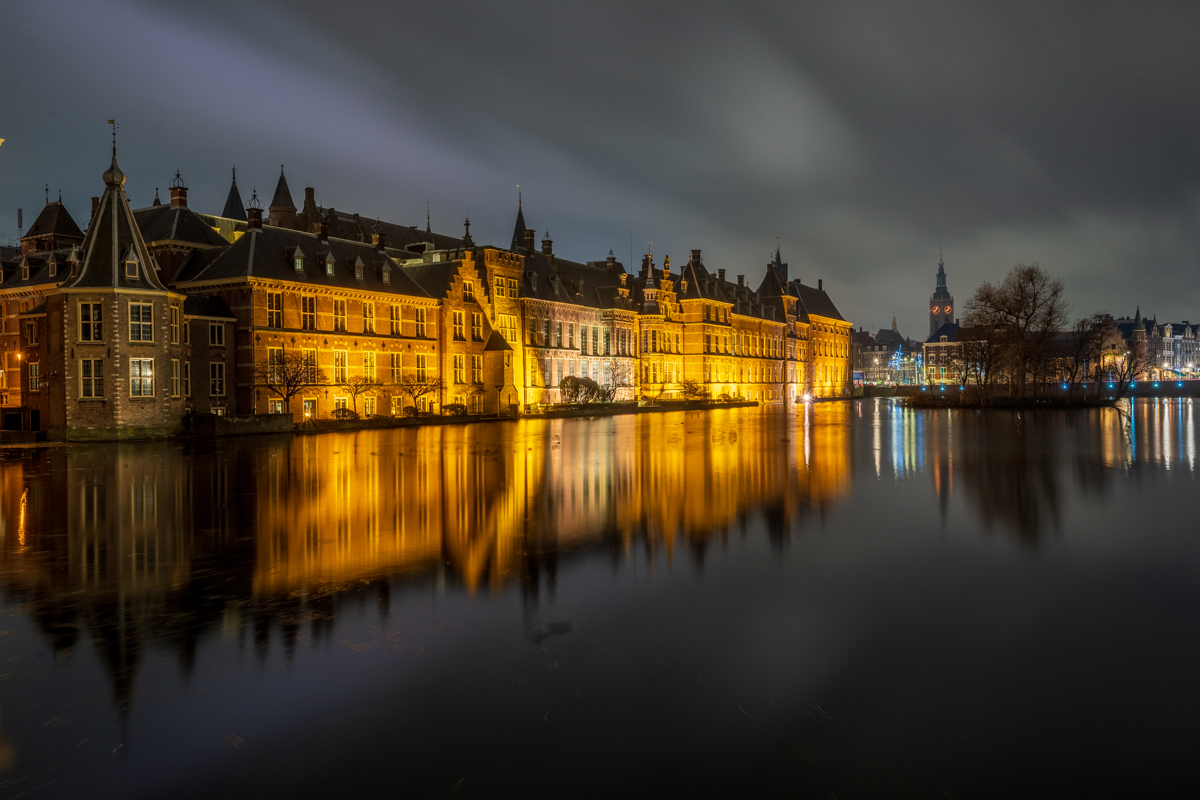
Without night filter, white balance artificial light
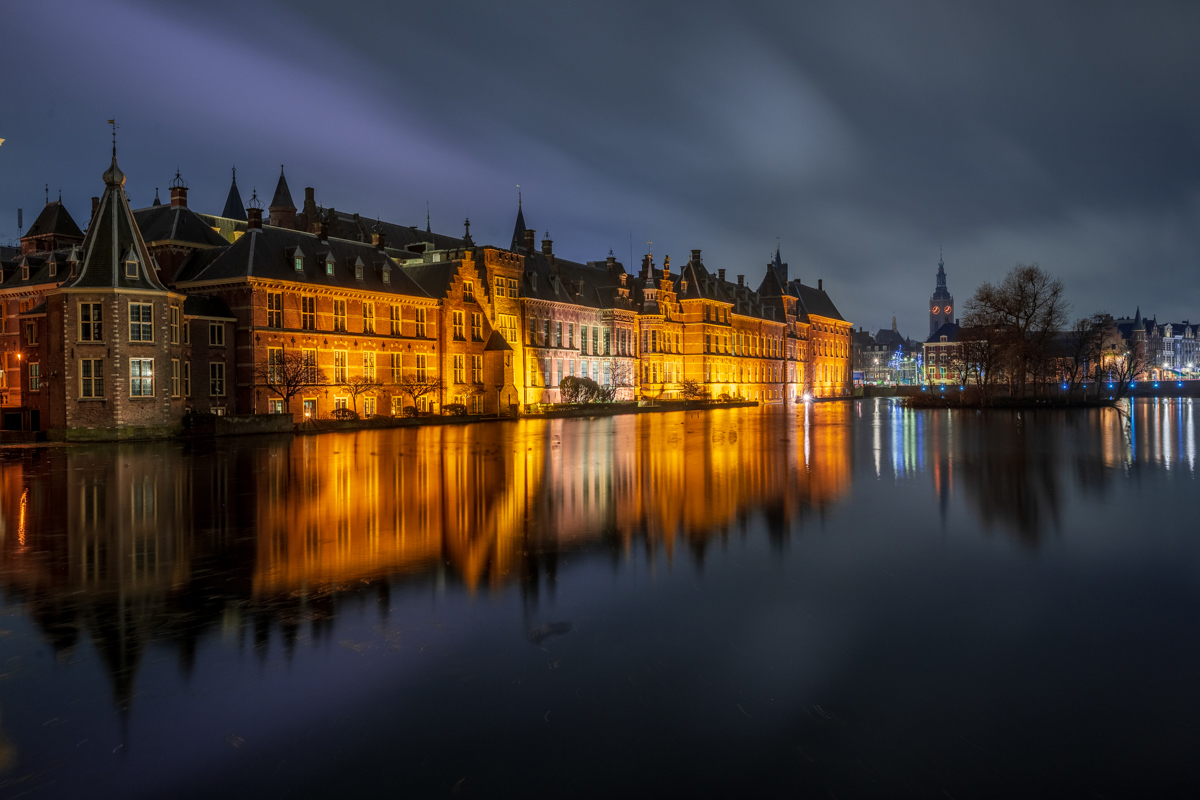
Without neutral night filter, white balance artificial light and later corrected as best as possible in post-processing
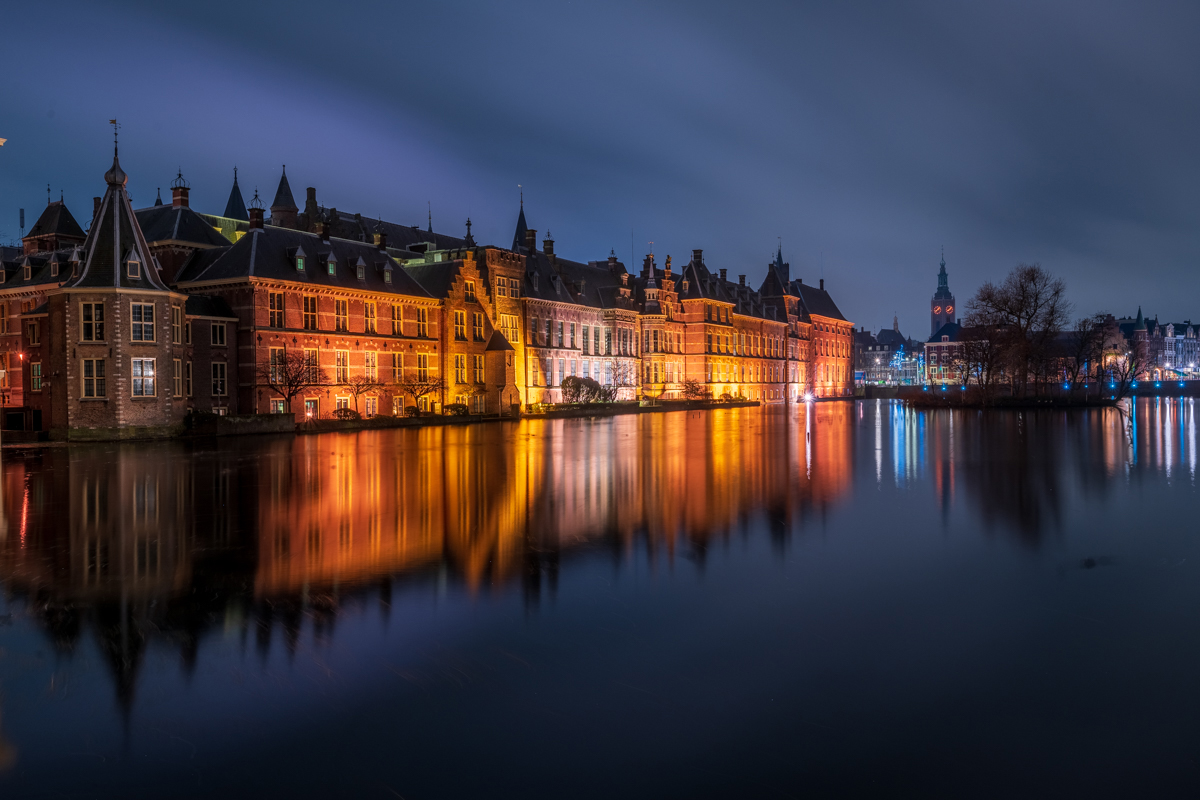
With neutral night filter
Advantages
- Less bothered by orange light pollution
- Saves time in post-processing
- No loss of sharpness
- The original colors are better preserved
Cons
- Costs 1/3 stop of light
- LED lighting gives a blue color, but you can correct this by setting the correct white balance.
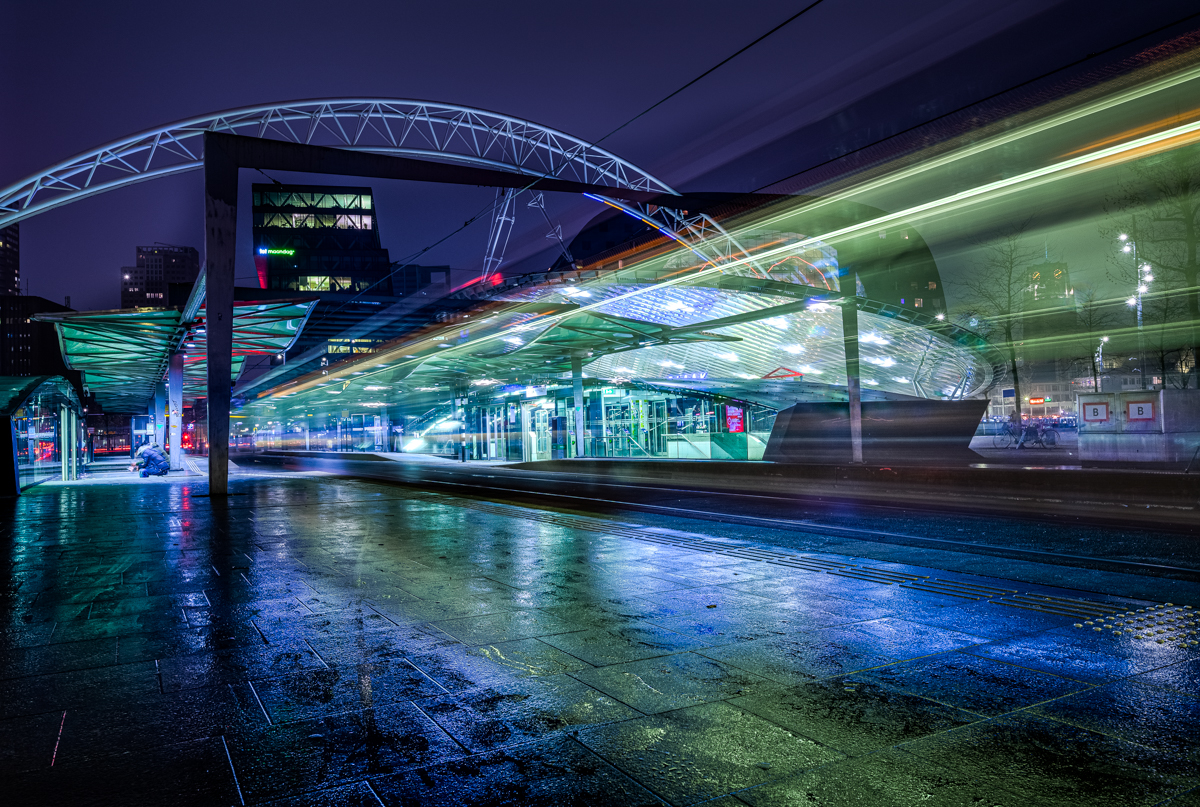
With neutral night filter
Conclusion
The Kase Neutral Night Filter is really an added value for evening photography. Because the light is blocked at a certain wavelength, the effect is something that really happens in the field and is difficult to imitate in post-processing.
The Kase Neutral Night Filter is really an added value for evening photography. Because the light is blocked at a certain wavelength, the effect is something that really happens in the field and is difficult to imitate in post-processing.
Comments (1)
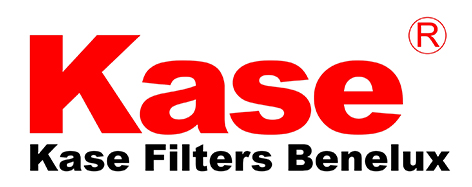
Goededag Ellen, Ik ben geinteresseerd om de clip-in versie voor de alpha6000 serie van deze filter te gebruiken. Ik zou graag de exacte spectrale absorptie kurve bekomen om te weten of de H-alpha (656nm) en de OIII (501nm) doorgelaten worden ? Evenens had ik graag geweten wat de dikte is en of er antireflektie lagen zijn aangebracht ? Veel dank voor uw antwoord, Jan